LMT - Late Medieval and Transitional Ware
General code for this fabric type across East Anglia, many sources now known, but not always possible to distinguish between them. Generally very fine to medium sandy, occasional inclusions of clay pellets or ferrous oxide, moderate to common mica, and rare other local inclusions (flint, chalk etc.). See Jennings (1981) for more detail.
Example from Potter Heigham production site.
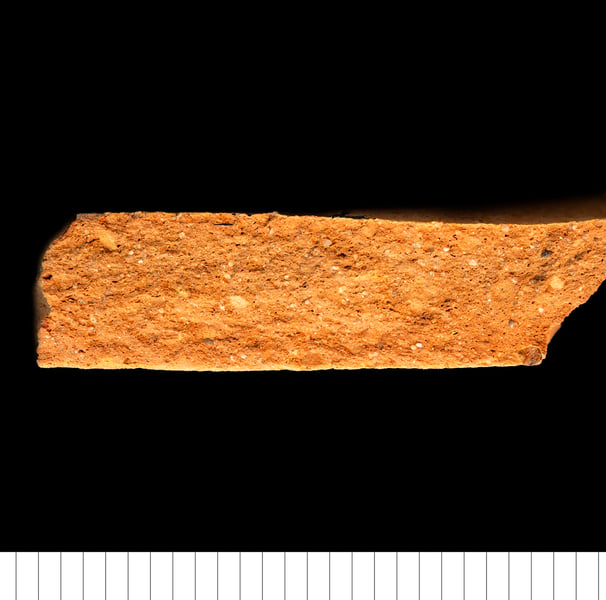

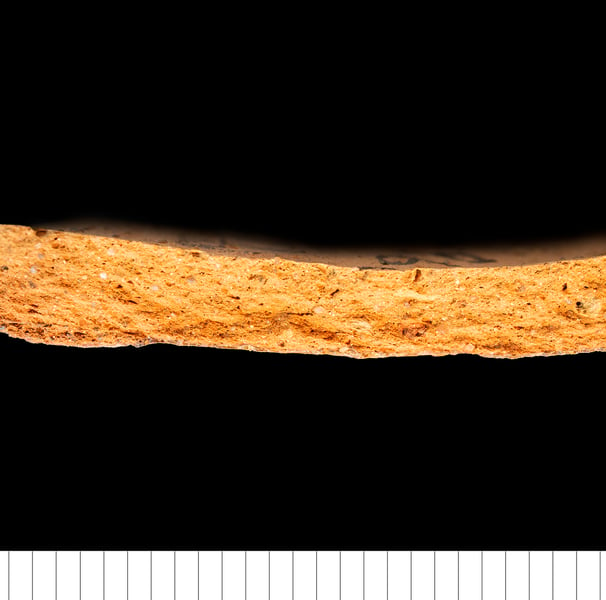

LMT - Late Medieval and Transitional Ware
General code for this fabric type across East Anglia, many sources now known, but not always possible to distinguish between them. Generally very fine to medium sandy, occasional inclusions of clay pellets or ferrous oxide, moderate to common mica, and rare other local inclusions (flint, chalk etc.). See Jennings (1981) for more detail.
Example from Woodbastwick production site.
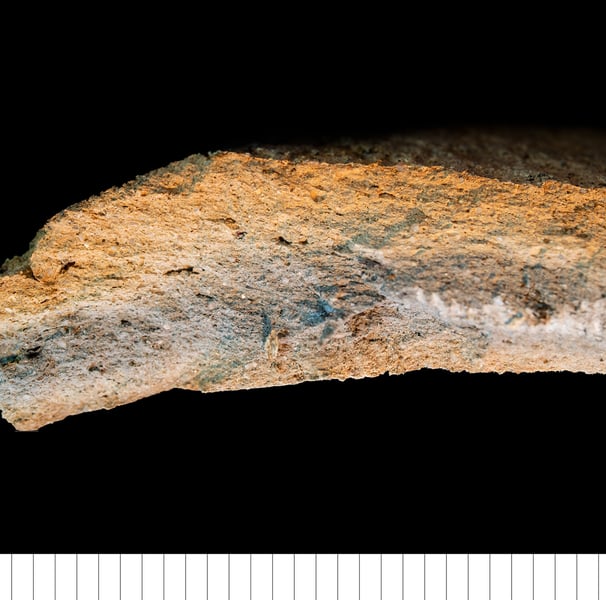

LMT - Late Medieval and Transitional Ware
General code for this fabric type across East Anglia, many sources now known, but not always possible to distinguish between them. Generally very fine to medium sandy, occasional inclusions of clay pellets or ferrous oxide, moderate to common mica, and rare other local inclusions (flint, chalk etc.). See Jennings (1981) for more detail.
Example from Thorpe Abbotts production site.

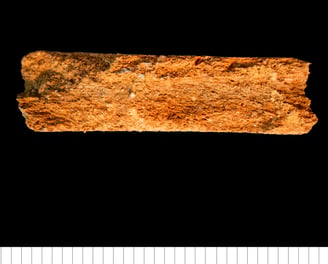
LMT - Late Medieval and Transitional Ware
General code for this fabric type across East Anglia, many sources now known, but not always possible to distinguish between them. Generally very fine to medium sandy, occasional inclusions of clay pellets or ferrous oxide, moderate to common mica, and rare other local inclusions (flint, chalk etc.). See Jennings (1981) for more detail.
Example from Great Plumstead production site.
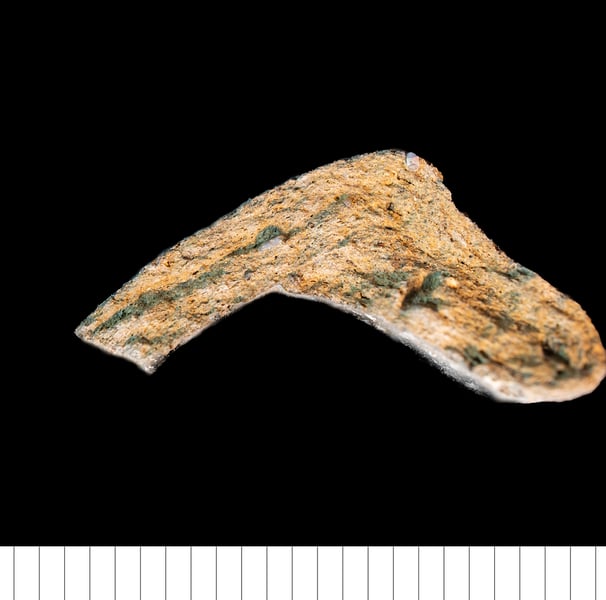

LMT - Late Medieval and Transitional Ware
General code for this fabric type across East Anglia, many sources now known, but not always possible to distinguish between them. Generally very fine to medium sandy, occasional inclusions of clay pellets or ferrous oxide, moderate to common mica, and rare other local inclusions (flint, chalk etc.). See Jennings (1981) for more detail.
Example from putative production site at East Dereham.
Copyright
This website, and the type series, was created by Dr Sue Anderson, Spoilheap Archaeology: www.spoilheap.co.uk
I am available for contract work on pottery from East Anglia and beyond. Email sue@spoilheap.co.uk
© 2024. All rights reserved.
To visit the type series at Suffolk County Council Archaeological Service, Bury St Edmunds, contact Faye Minter: Faye.Minter@suffolk.gov.uk
Tel: 01284 741 228 to make an appointment.